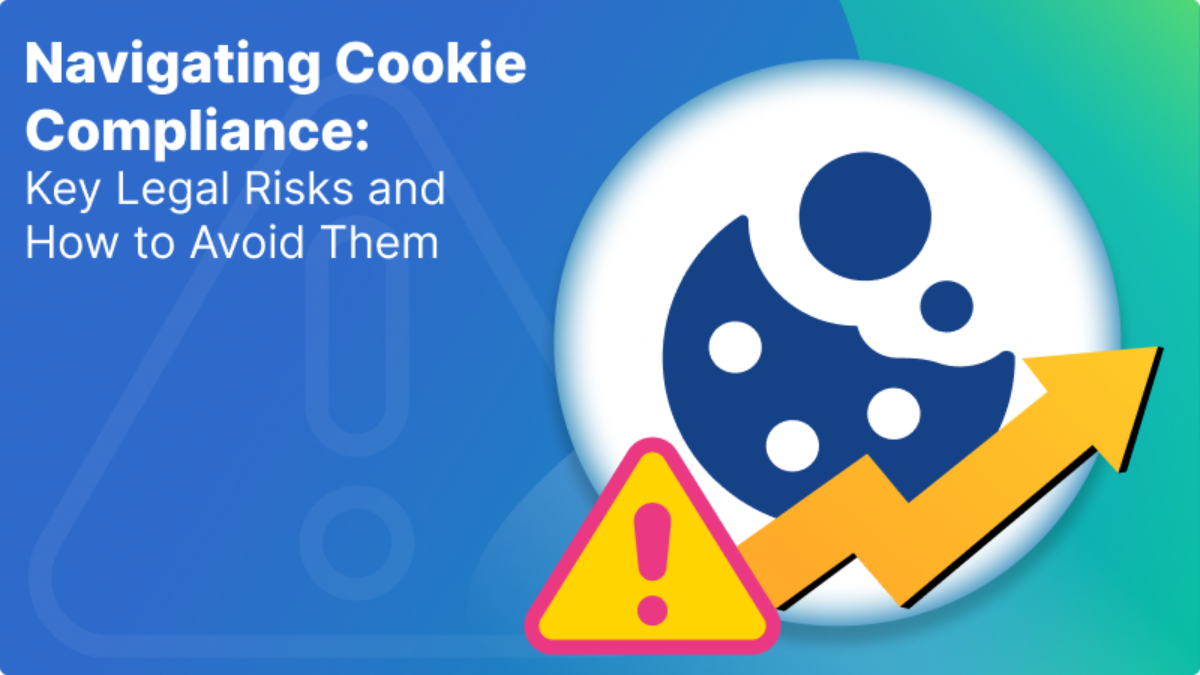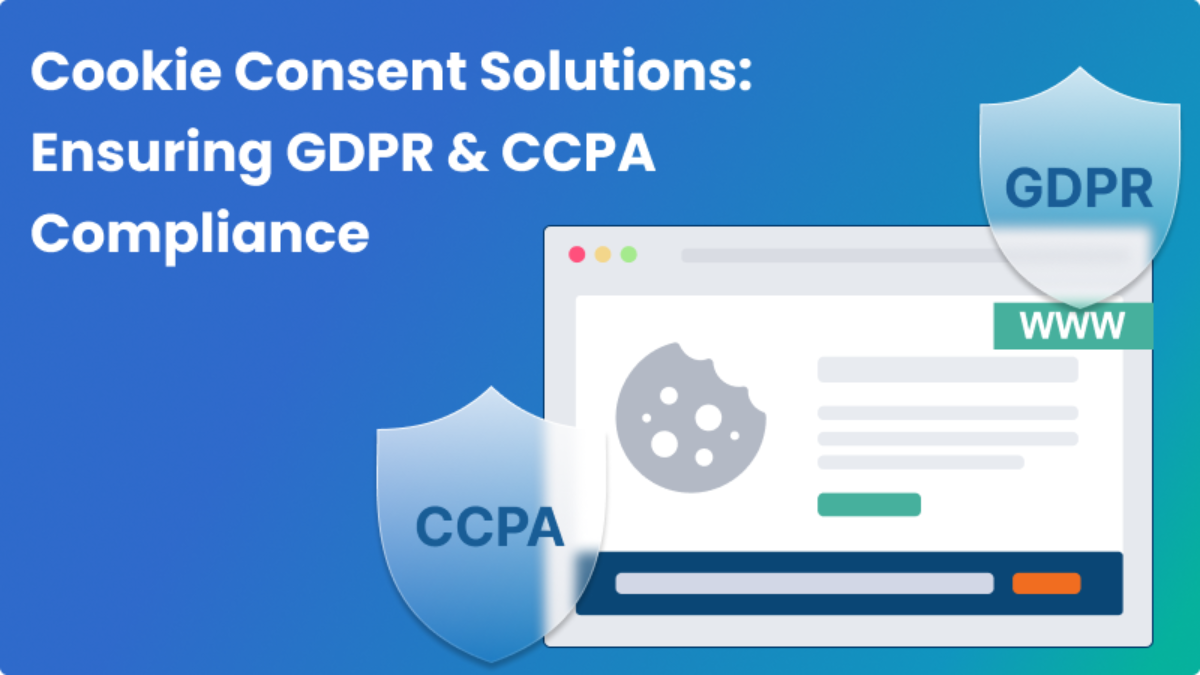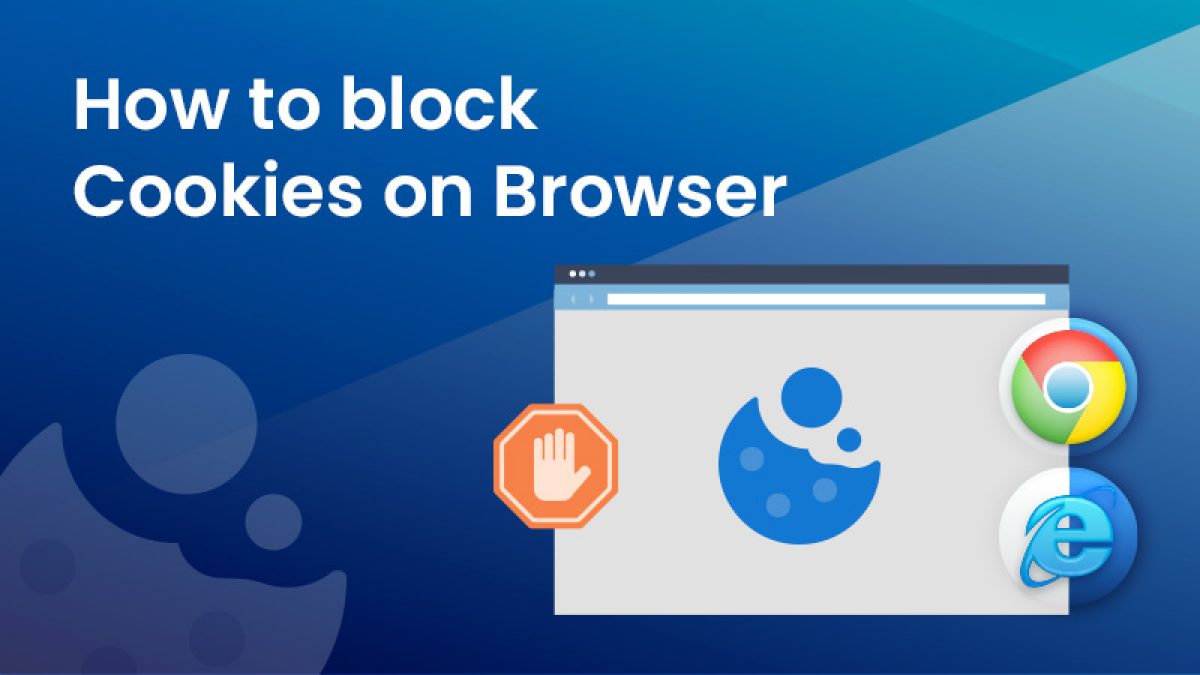The Essentials of a Global Cookie Consent Banner

The Critical Role of Cookie Consent Banners in User Privacy
In the ever-evolving digital landscape, privacy and data protection have become paramount concerns for both users and website operators. The Cookie Consent Banner plays a vital role in upholding user data privacy by granting individuals essential choices and control over their online experiences. It’s not just a pop-up; it’s a vital component for informing users about the use of cookies, their rights, and requesting their consent.
However, creating an effective and compliant cookie consent banner can be quite intricate, given the various regulations and user expectations worldwide. In this blog, we’ll delve into the essential elements of a global cookie consent banner under in Global Data Protection Regulation, providing you complete picture of perfect website cookie consent banner example.
Exploring strategies for compliance with the Global Data Protection Regulation? Let’s delve into the intricacies of ensuring adherence to GDPR requirements for data protection across international borders
Accept and Reject Buttons: Equal Importance
One fundamental principle in cookie banner requirements compliance is to provide users with a clear choice between accepting and rejecting cookies. The safest approach is the opt-in method, where users actively choose to accept cookies by clicking on an “Accept” or “Accept All” button. It’s crucial to ensure that the button text communicates the user’s agreement to the deployment of cookies.
Similarly, users should have the option to reject cookies easily with a “Reject,” “Reject All,” or “Decline All” button on the cookie consent banner. The text accompanying these buttons should unambiguously indicate that clicking them means declining the use of cookies. Striking this balance is essential for compliance with most cookie laws.
Granular Consent Options
The effectiveness of a cookie banner for a website depends on its user-friendliness and the ability for users to tailor their preferences. Granular consent empowers users to selectively allow or block specific categories of cookies according to their preferences. Even if a user rejects all cookies, they should still gain access to the website and its services.
Cookie Notice
In addition to the website cookie consent banner, users should have access to a detailed list of all the cookies used by the website, categorized by their purposes, such as marketing, analysis, and functionality. This information can be included as part of the privacy policy or provided separately as a cookie consent notice. Transparently sharing cookie details and usage information is a responsible business practice that keeps users informed about how their data is utilized.
A comprehensive compliant cookie consent policy should cover:
- Types of cookies (first-party or third-party).
- Links to the privacy policies of all third parties that drop cookies.
- The purposes of using cookies.
- Language options for the service.
Manage or Withdraw Consent Option
Users should have the ability to withdraw their consent at any time. GDPR mandates that consent withdrawal should be as easy as giving consent. Therefore, websites must offer a “Manage Preferences” or “Withdraw Consent” option through the same interface used for initial consent.
Ensure your website meets GDPR cookie banner requirements, This empowers users to control their data and personalize their cookie experience, foster trust, and uphold privacy rights.
Consent Logs under the Global Data Protection Regulation
Maintaining records of user consent is not always legally required but is advisable to demonstrate compliance when necessary. Consent logs help in tracking who has provided consent and when. This information can be invaluable in proving that consent took place, even if a user later decides to withdraw it.
Avoiding Dark Patterns
Dark patterns are design techniques used to manipulate or deceive users into making choices that may not be in their best interest. When it comes to cookie consent, some common dark pattern practices include:
- Emphasizing the “Accept All” button over the “Reject” button.
- Hiding or burying the “Reject” button in a secondary layer of the cookie banner.
- Making it cumbersome to withdraw consent.
- Concealing vital information like cookie details.
Adhering to ethical design principles and avoiding dark patterns is not only responsible but also ensures that user choices are genuine and not coerced.
Blocking Cookies Before Consent
Cookie blocking involves either the removal or prevention of cookies before obtaining user consent. While these methods may seem similar, they have distinct implications:
- Removal of Cookies: In this approach, non-essential cookies are initially dropped but are deleted or blocked if the user explicitly declines or rejects them.
- Prevention of Cookies: Here, no cookies are dropped when a user visits the website. Non-essential cookies are only deployed after the user explicitly accepts the cookie banner.
In conclusion, crafting a compliant cookie banner involves careful consideration of user choices, transparency in cookie usage, and ethical design practices. By adhering to these essentials, websites can not only meet regulatory requirements but also build trust with their users in an era where data privacy is paramount. Explore cookie consent banner examples and stay informed about the latest developments, including compliance with the CPRA cookie banner and other emerging regulations.














